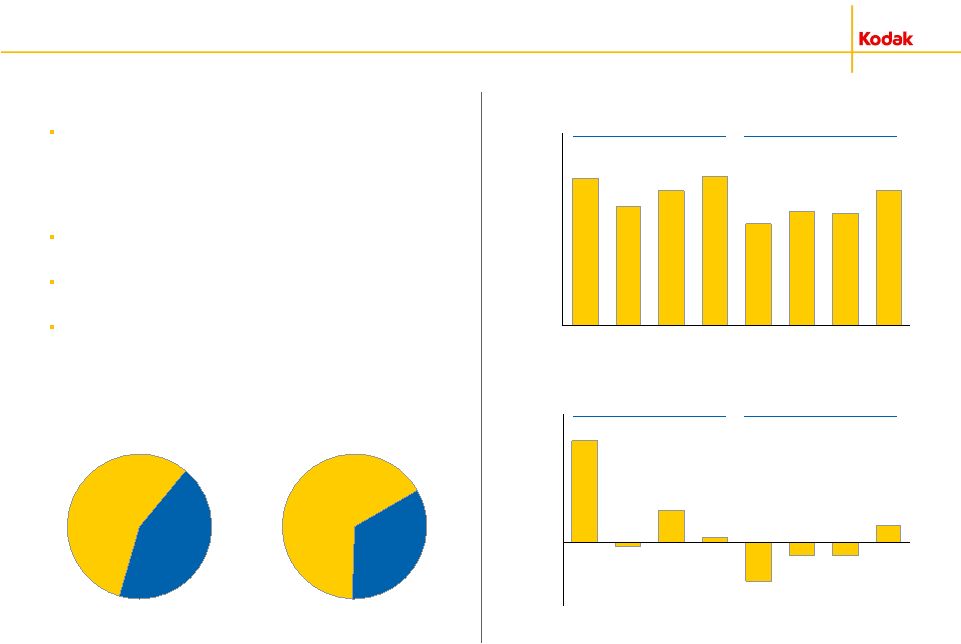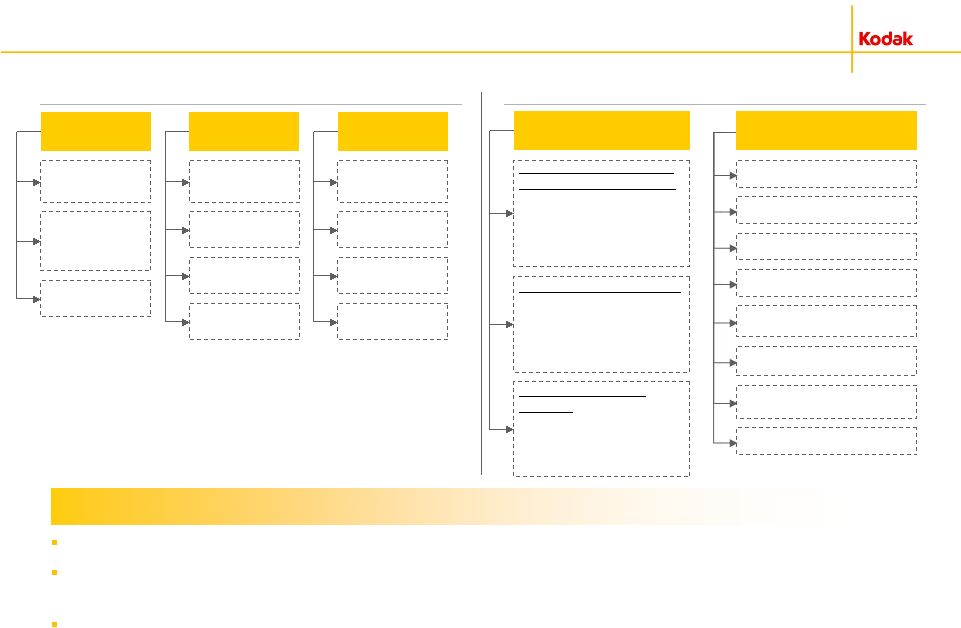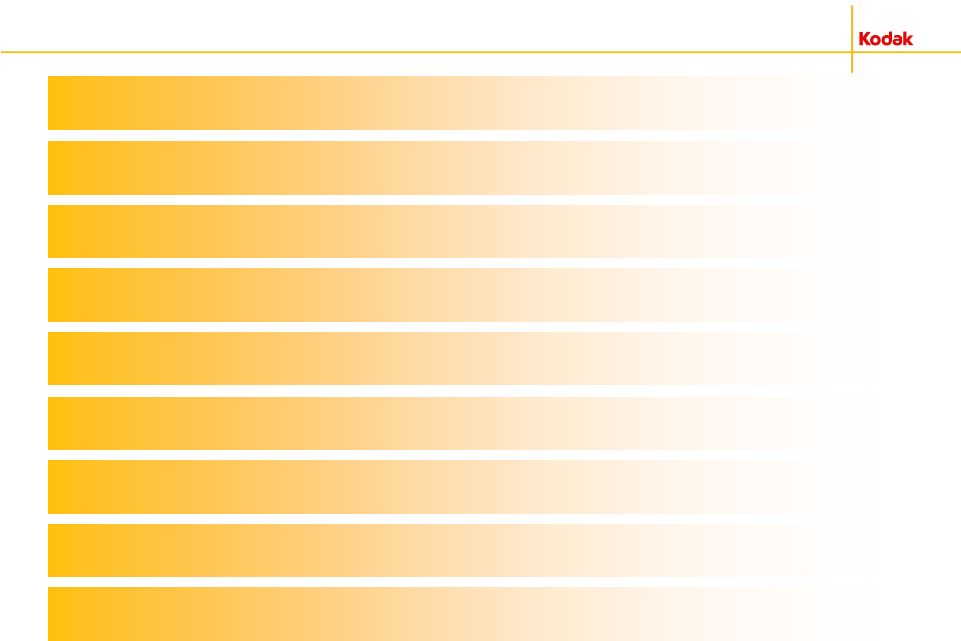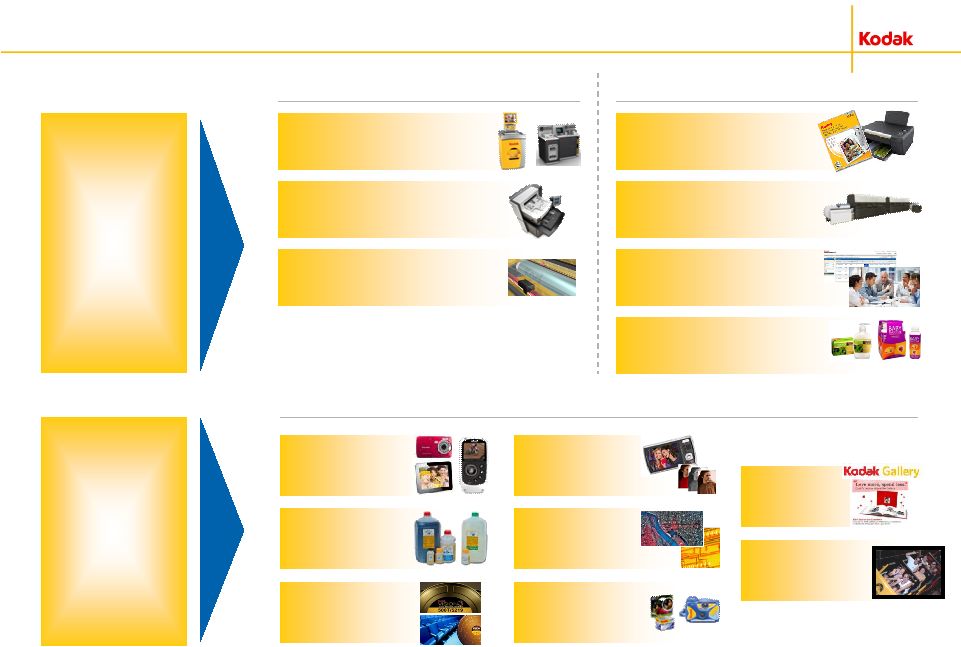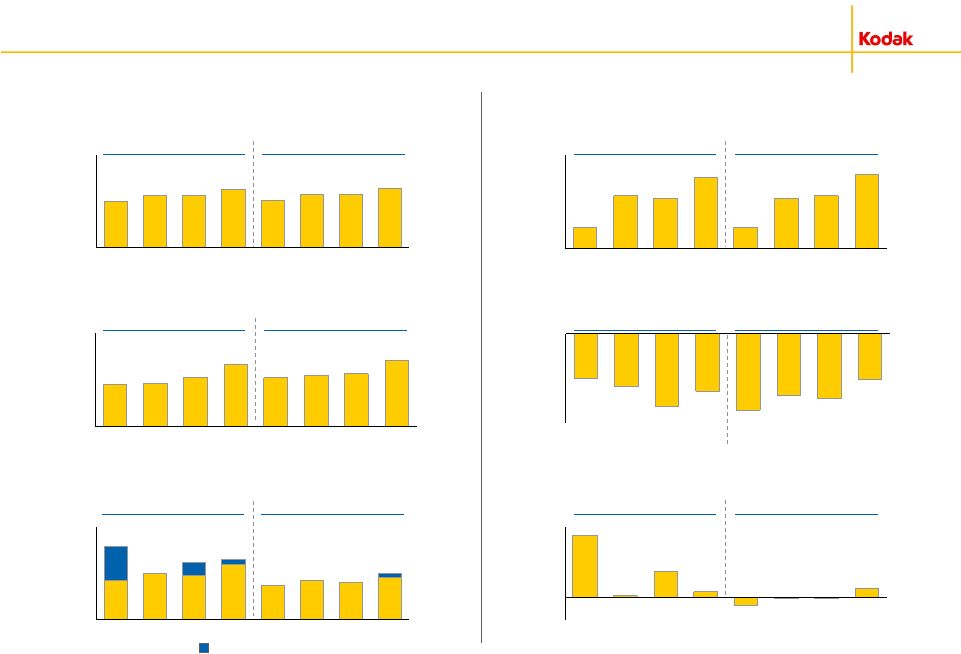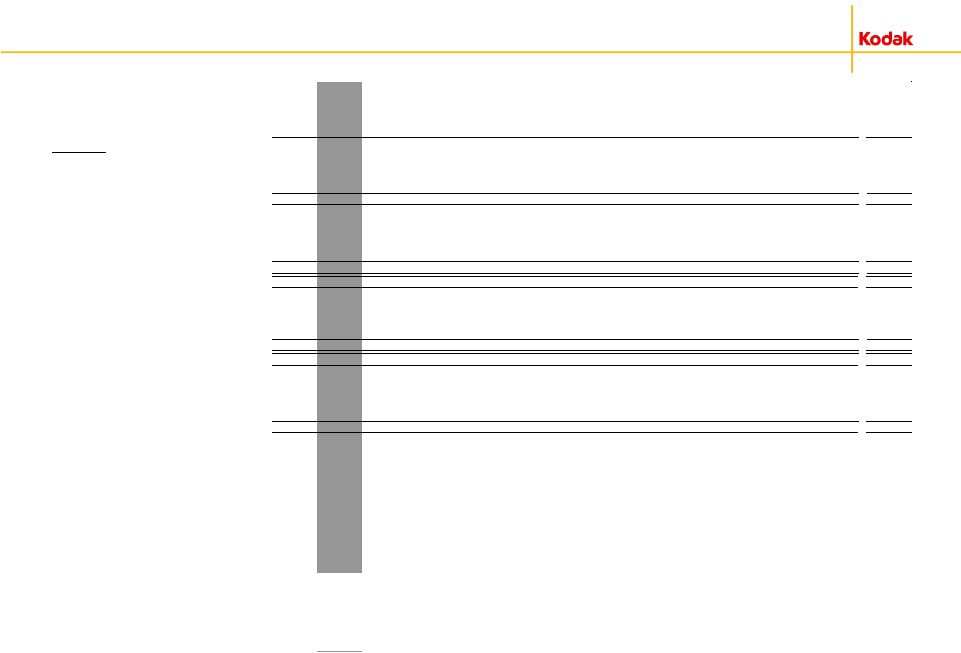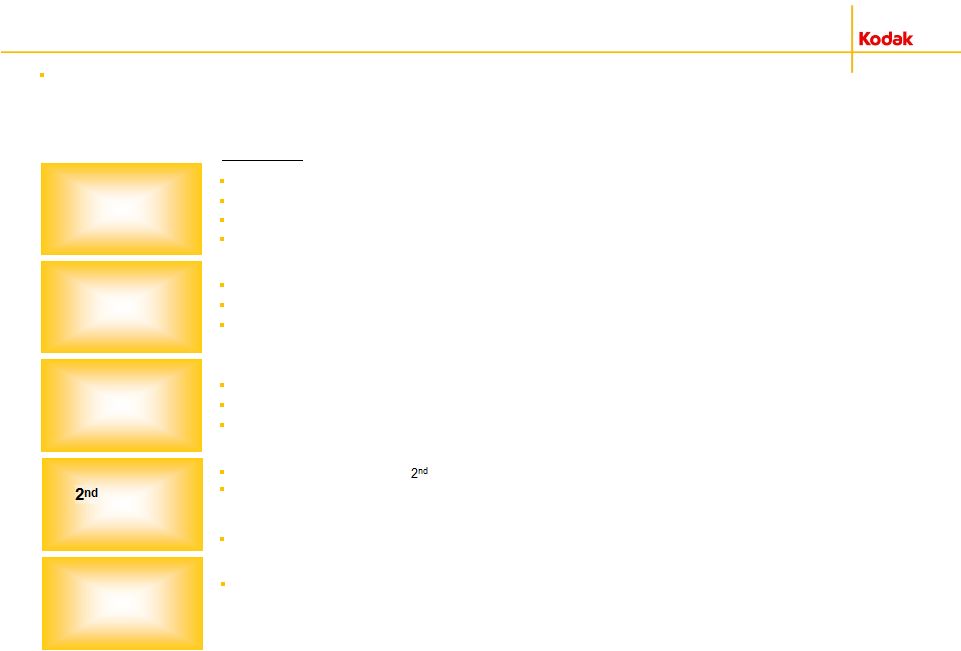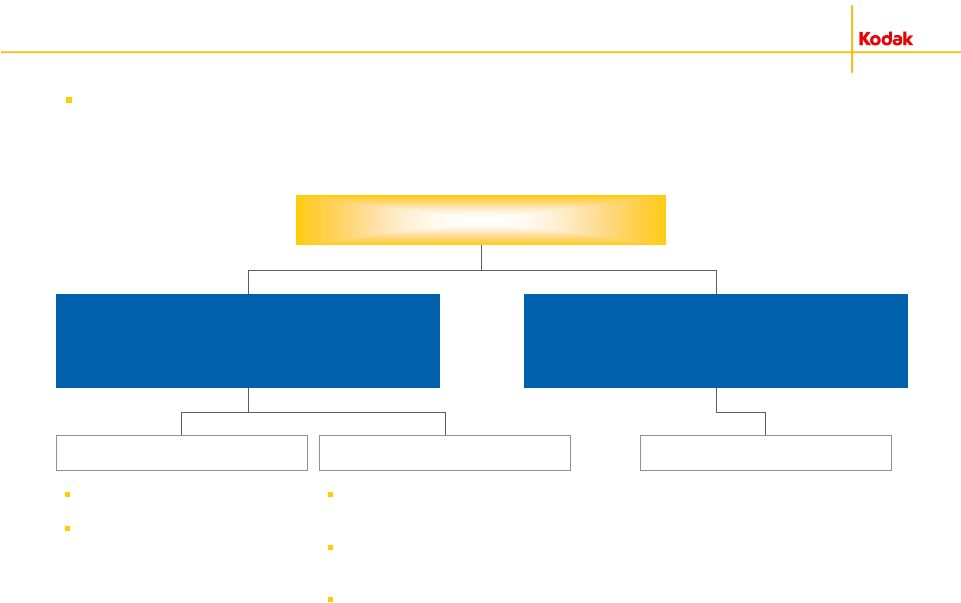3 Cautionary Statement Regarding Forward-Looking Statements This presentation includes forward-looking statements, as that term is defined under the Private Securities Litigation Reform Act of 1995. Forward–looking statements include statements concerning the Company’s plans, objectives, goals, strategies, future events, future revenue or performance, liquidity, cash flows, capital expenditures, financing needs, plans or business trends, and other information that is not historical information. When used in this presentation, the words “estimates,” “expects,” “anticipates,” “projects,” “plans,” “intends,” “believes,” “forecasts,” or future or conditional verbs, such as “will,” “should,” “could,” or “may,” and variations of such words or similar expressions are intended to identify forward–looking statements. All forward–looking statements, including, without limitation, management’s examination of historical operating trends and data are based upon the Company’s expectations and various assumptions. Future events or results may differ from those anticipated or expressed in these forward- looking statements. Important factors that could cause actual events or results to differ materially from these forward-looking statements include, among others, the risks and uncertainties described under the heading “Risk Factors” in the Company’s most recent annual report on Form 10–K under Item 1A of Part 1, in the Company’s most recent quarterly report on Form 10–Q under Item 1A of Part II and those described in filings made by the Company with the U.S. Bankruptcy Court for the Southern District of New York and in other filings the Company makes with the Securities & Exchange Commission from time to time, as well as the following: the ability of the Company to continue as a going concern, the Company’s ability to obtain Bankruptcy Court approval with respect to motions in the chapter 11 cases, the ability of the Company and its subsidiaries to prosecute, develop and consummate one or more plans of reorganization with respect to the chapter 11 cases, Bankruptcy Court rulings in the chapter 11 cases and the outcome of the cases in general, the length of time the Company will operate under the chapter 11 cases, risks associated with third party motions in the chapter 11 cases, which may interfere with the Company’s ability to develop and consummate one or more plans of reorganization once such plans are developed, the potential adverse effects of the chapter 11 proceedings on the Company’s liquidity, results of operations, brand or business prospects, the ability to execute the Company’s business and restructuring plan, increased legal costs related to the chapter 11 bankruptcy filing and other litigation, our ability to raise sufficient proceeds from the sale of non-core assets and the potential sale of our digital imaging patent portfolios within our plan, the Company’s ability to generate or raise cash and maintain a cash balance sufficient to fund continued investments, capital needs, restructuring payments and service its debt; the Company’s ability to maintain contracts that are critical to its operation, to obtain and maintain normal terms with customers, suppliers and service providers, to maintain product reliability and quality, to effectively anticipate technology trends and develop and market new products, to retain key executives, managers and employees, our ability to successfully license and enforce our intellectual property rights and the ability of the Company’s non-US subsidiaries to continue to operate their businesses in the normal course and without court supervision. There may be other factors that may cause the Company’s actual results to differ materially from the forward–looking statements. All forward–looking statements attributable to the Company or persons acting on its behalf apply only as of the date of this presentation, and are expressly qualified in their entirety by the cautionary statements included in this presentation. The Company undertakes no obligation to update or revise forward–looking statements to reflect events or circumstances that arise after the date made or to reflect the occurrence of unanticipated events. | 





